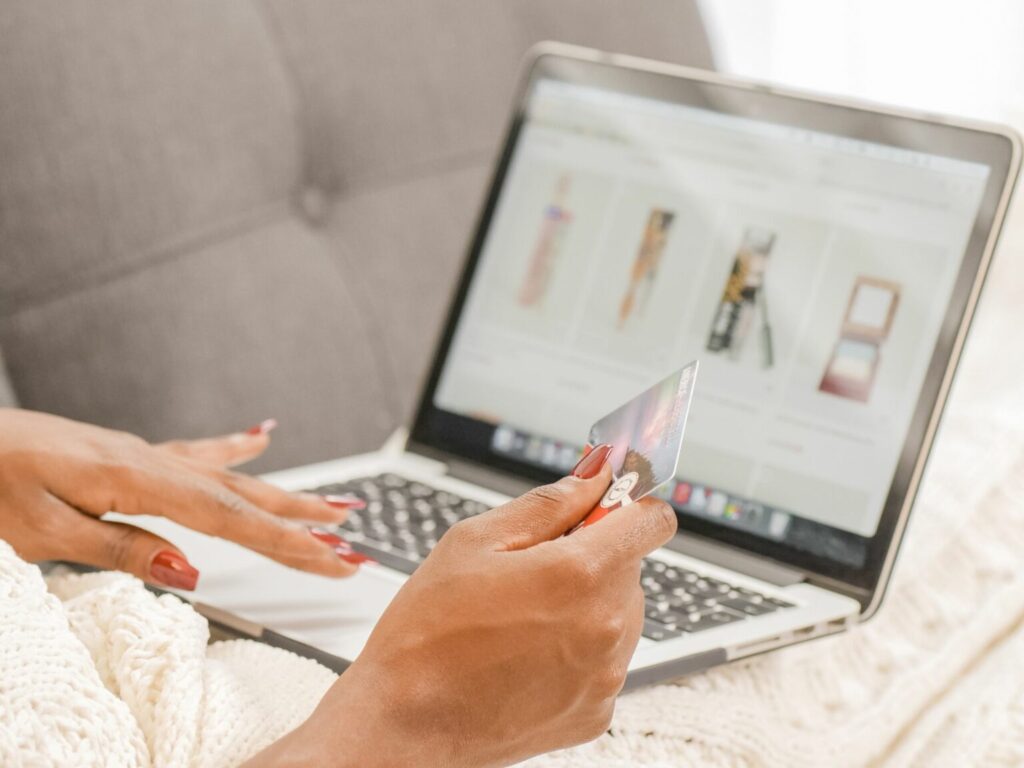The 2023 Retailer Guide to Customer Engagement Best Practices
To engage customers in 2023, retailers need to do more than ever, utilising technology, in-store & online experiences and personalisation. To help you achieve your goals this year, we have created the 2023 retailer guide to customer engagement & best practices. This guide provides reflections and examples to help you understand and then invest in the areas most likely to grow your client base and support the success of your business.
What is Retail Customer Engagement?
The term retail customer engagement refers to the way in which a retail brand interacts either in-person or online with its customers. The modern-day customer journey spans many channels, both traditional and digital, where customers embrace the latest retail trends and technologies and abandon them just as quickly – often before brands even know they exist.
Furthermore, rising inflationary pressure has eroded customers’ purchasing power, making them more selective about how and where they shop. Customers are more likely to prioritise shopping at retailers who have earned their long-term loyalty, or those who offer one-of-a-kind, memorable experiences. So how do you keep clients engaged in 2023? Let’s find out below.

5 Practical strategies to enhance retail customer engagement in 2023
1. Create an omnichannel strategy
Customers expect a consistent, personalised experience across multiple channels. Make sure you never miss an opportunity to impress or delight your customers by being available over all of their preferred channels.
To build a robust omnichannel strategy, you first need to identify the platforms, channels, and devices your customers use regularly. You need to learn about their preferences, experiences, and pain points, as well as how they interact with them. You also need to unite all channels tracking the shopping experience across every touchpoint and connect it with others to ensure user experience remains uniform throughout.
In that way, you can give them a consistent experience via shoppable social media, your website, your store, and other channels, which does give users a reason to “escape” but instead keeps them continuously engaged.
2. AI personalisation
The concept of personalisation in 2023 requires much more than simply adding a customer’s name to an email. Product suggestions, sizing, and cross-selling are all examples of how shoppers expect personalisation.
Brands need to prioritise AI & automation to individualise their strategy, understand shopper intent, and provide relevant recommendations that add value in real-time. It is an area where your competitors will likely invest their resources. 79% of retailers invest heavily in personalisation, more than any other industry, so it is necessary to remain on equal footing with those around you.
By investing in personalisation capabilities, brands can build strong relations with consumers, which can result in significant returns for brands.
AI-powered retail personalisation optimises the shopping experience by delivering a unique experience to every shopper. As soon as a shopper clicks on the eCommerce site, they are presented with a dynamically personalised version of the website, receiving this experience across all other channels and touchpoints.
Another key use case of AI is providing product recommendations based on previous data. In its latest feature, DTC e-grocer Misfits Market automatically places items in shoppers’ carts based on its algorithm predictions. With the “preferences” option, customers can choose whether they like or dislike the items Misfits selected for them. It not only helps shoppers save time but also increases basket sizes for brands.
3. Experiential retail
Experiential retail is all about creating memorable shopping experiences, and it is essential to provide an immersive shopping experience in-store and online. It may sound like a lot of work. Still, experiential retail is now among the top five most popular trends in retail customer service as it:
- Creates brand communities
- Stimulates customers’ senses
- Provides a shareable experience
- Prioritises customer engagement

4. Focusing on physical stores
Shoppers clearly want to interact with your products in person since in-store retail sales are 14% higher today than before the pandemic. Despite the fact that eCommerce is now an absolute necessity, shoppers are returning to physical retail stores, though with different expectations.
The in-store shopping experience needs to be different for customers. Changing demands now see customers wanting unique, innovative experiences. This is a popular retail customer experience trend that brands of all sizes should act on.
Try to offer something unique at your store, like fittings, exclusive in-store deals, samples, and consultations. But don’t forget to incorporate digital touchpoints through the stores for a truly omnichannel experience.
5. Sustainability
Shoppers, especially young shoppers, expect to see much more than recycling from brands in 2023, and that means investing in sustainability initiatives. A sustainable business is one that minimises its environmental impact and operates sustainably.
Sustainability, carbon-neutral shipping, or recycling initiatives: this retail CX trend should be incorporated into every aspect of your company.
Going green might seem like a hassle, but it has tremendous benefits for your brand as it can have the potential to reduce costs and generate a positive return on investment. Most importantly, the differentiation offered by sustainability can give retailers an edge over rivals when it comes to attracting new customers.
Implementing these best practices
As a fast-moving industry, store owners have to stay on top of the latest trends in order to stay competitive. If you put all of the ‘survival’ best practices together, they may seem daunting, but you won’t need them all to gain an advantage in retail.
Develop a strategy to use the ones that are appropriate for your business and ensure its long-term success. If you are interested in elevating your strategy and reaching new results, hiring marketing specialists can be the best practice for all your brand needs.

